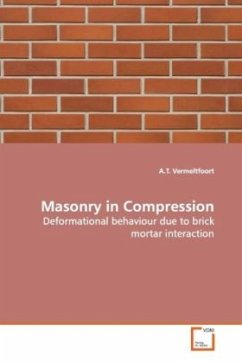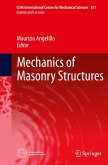This work focuses on the role of the brick-mortar
interaction in masonry under compression. The mortar
joint, as an interface between units, is formed
during the brick laying process and positioning of
the unit and usually acts as a weak spot. The
program with over 200 tests included six clay-brick
types and multiple mortar mix designs. Material
properties were derived which can be used in
numerical simulations and trends were established.
Crack development processes were recorded and post
peak behaviour observed. The brick-mortar
interaction was measured and visualized with novel
experimental research techniques such as ESPI - a
laser speckle instrument - and a movable seating
arrangement. ESPI was used to investigate the effect
of joint thickness and pointing. Clearly the shape
of the bed joint affects the strain distribution
over the joint and showed that rotation occurred in
the brick-mortar interface, due to the shape of the
bed joint. This study confirms the important role of
the brick mortar interface.
interaction in masonry under compression. The mortar
joint, as an interface between units, is formed
during the brick laying process and positioning of
the unit and usually acts as a weak spot. The
program with over 200 tests included six clay-brick
types and multiple mortar mix designs. Material
properties were derived which can be used in
numerical simulations and trends were established.
Crack development processes were recorded and post
peak behaviour observed. The brick-mortar
interaction was measured and visualized with novel
experimental research techniques such as ESPI - a
laser speckle instrument - and a movable seating
arrangement. ESPI was used to investigate the effect
of joint thickness and pointing. Clearly the shape
of the bed joint affects the strain distribution
over the joint and showed that rotation occurred in
the brick-mortar interface, due to the shape of the
bed joint. This study confirms the important role of
the brick mortar interface.








